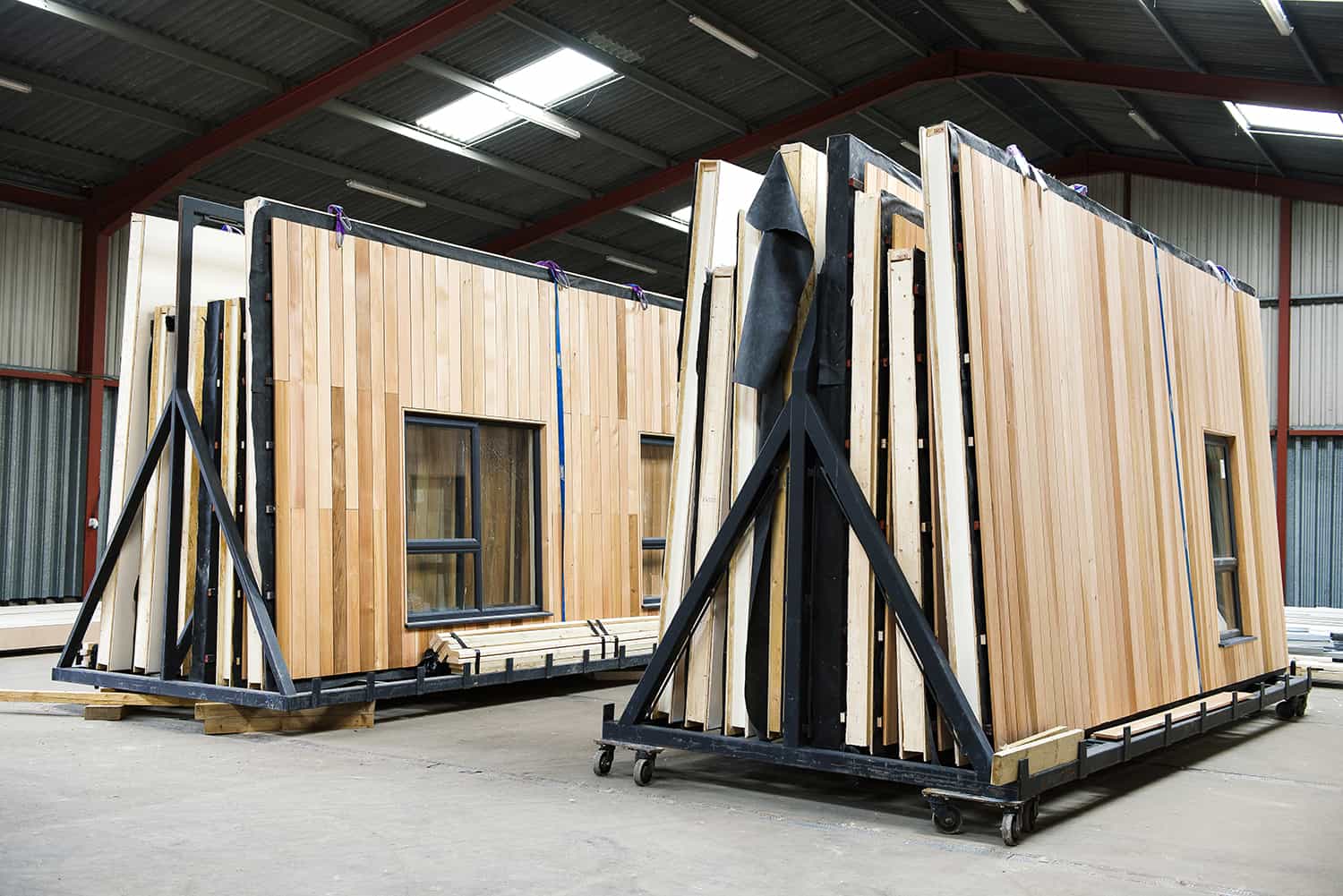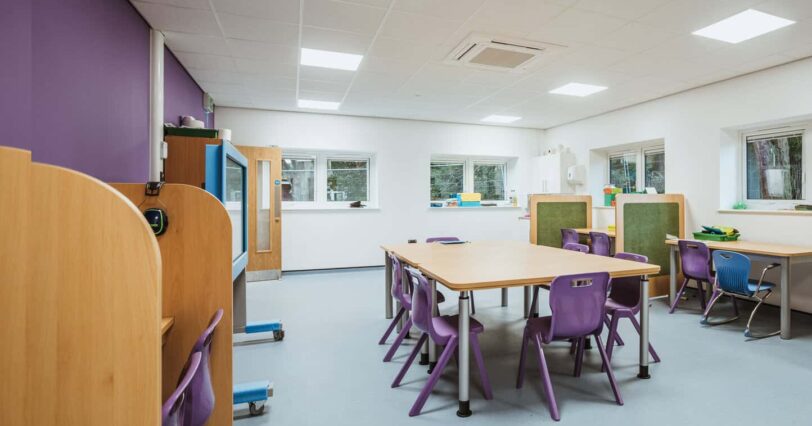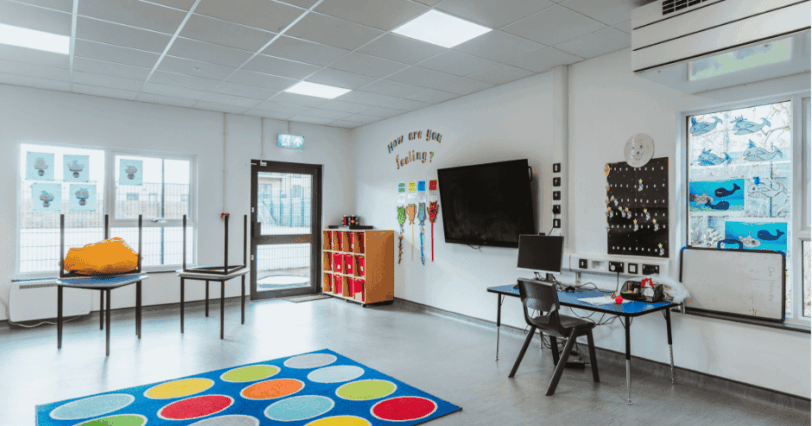In last month’s blog, we talked to Jeremy Pearl, Health and Safety Manager at our Cambridgeshire factory, about what lies ahead for NetZero Buildings, his favourite projects and general life in the factory.
But we wanted to dig a little deeper and find out his thoughts on climate change and what the future holds for off-site construction and manufacturing…
With concerns around climate change growing, how does it feel to be at the forefront of the challenge?
When I did my Construction Management Degree five years ago, my dissertation was based on climate change. Being a bricklayer by trade and teaching it a lot at college I was interested to see what the role of a bricklayer would be in 10 years’ time.
Climate change was the big factor, but the introduction of off-site construction and modern methods also factored largely in my research. From then on, I was always interested in the subject. When I had my tour of the NZB factory before I started, everything I predicted in my dissertation was happening in front of my eyes. So, for me, it’s great to see my predictions were correct and also great that I am now part of a company where environmental issues are one of the main drivers.
How does technology aid your work?
The best use of technology we have is for inspecting and auditing. I have introduced iAuditor which gives the power to share reports, inspections and many other functions which would previously have been done on paper. Now, these things are done on the tablets which all site managers have and I can see the documents instantly on my laptop, no matter where in the country the project is. Meaning that, if there is an issue, I can see it and try to sort it without having to go to all corners of the country, which would cost lots of money.
We have also been trying to find an automatic sign in, face recognition system but we are yet to find one suitable for us. If all of these things work and are used correctly, it saves the site managers a lot of time, meaning they can concentrate on the managing of the practical issues which always crop up on-site.
What do you think the benefits are of off-site construction?
The main benefits are speed, quality and cost. To build the size of building we do in traditional methods would take at least a third longer. By cutting the time on-site, the cost of preliminaries such as welfare is also reduced.
There is also less waste as carrying out the work in the factory means lots of materials can be cut to size and any off-cuts can be reused. So, with less waste, this is better for the environment and saves money on materials.
If a building is manufactured in a factory it is easier to monitor quality as well and we are not affected by weather either. During the winter, on-site work could mean serious delays due to poor conditions and materials could become weather damaged. But in a factory, this is not an issue.
How do you feel this type of manufacturing differs from others?
Our main advantage is that we design, manufacture and build the structure. This means we, as a team, have better control over issues or mistakes. For example, the site manager might come across an issue and then feed that straight back to the factory or design team so they can try to rectify it. Other types of manufacture only see one element of the process, but we see the whole process from concept to completion.
How do you think off-site construction supports NZB’s goal to be a sustainable company?
Off-site construction means there is less waste. Therefore, we are helping toward reducing the amount of waste going into landfill. As we are on-site for less time, we are also not using as much energy to build. Meaning we are reducing the use of energy in comparison to traditional building methods. The product itself is also sustainable – due to the highly insulated structure and the low-energy systems inside the building. The fact that our PV panels produce more energy than the building uses also means we are putting more energy back into the grid than we are taking.
As a team, we are always looking for new, better ways to use modern technology and resources to improve our carbon footprint and help the environment. We also offer talks to the schools we build on and to the local colleges. This way we are spreading the word to the next generation of builders and designers – helping to make them even more aware of the environmental situation.
What do you think the future holds for off-site construction?
Off-site construction is the way forward. There will still be a need for traditional buildings and I sincerely hope we do not lose the skills, like stonemasonry, that we have (there are very few proper skilled stonemasons in the country now). This could be the same for some of our traditional trades like bricklayers.
However, off-site construction is much quicker, cheaper and more environmentally friendly than traditional methods. And the housing shortage in this country means we need to produce houses quicker than we can with traditional methods. Sorry to all my fellow bricklayers out there but it’s going to happen!
What do you think the future holds for sustainable buildings?
As a nation (and globally) we have to continuously push the technological and practical boundaries to improve sustainable building. It’s not just about building well-insulated buildings quicker: it’s about rethinking the type and look of the building and how we use them.
We have so many natural alternative energy sources out which we need to incorporate into building methods and our way of life. The current issue is that most of the people with the money to build are still stuck in old-fashioned ways and are scared to invest in sustainable buildings. They will get it eventually and as the children we are educating become investors, it will become standard practice to build sustainably.
As an off-site manufacturer, NetZero Buildings offers turnkey solutions for new buildings, using state-of-the-art BIM design software and high-tech manufacturing processes to design and develop multi-award-winning developments. To find out more, please contact us today.







